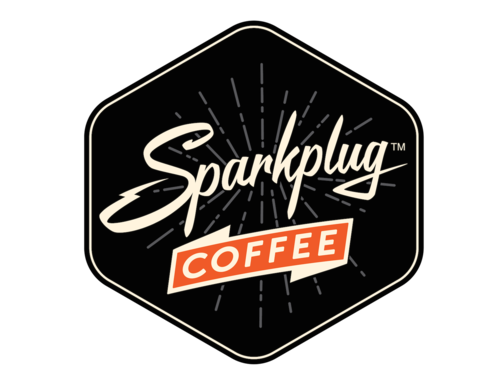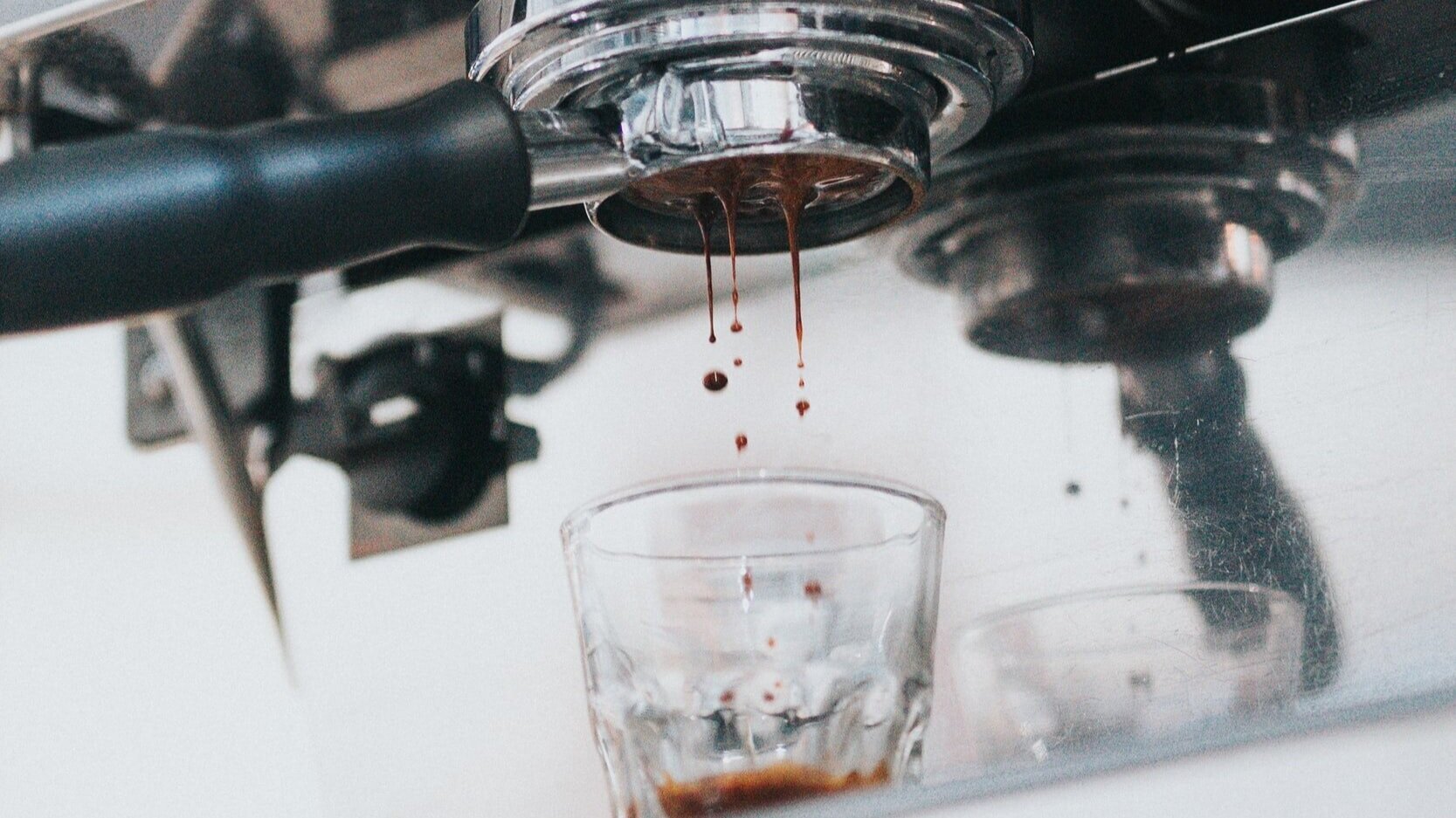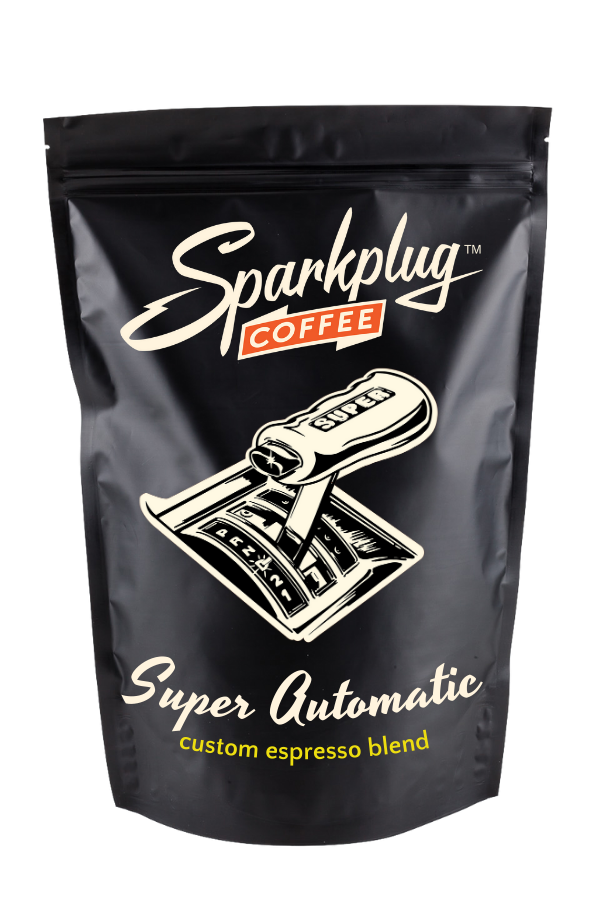Espresso vs Coffee: What’s the Difference?
Do they come from the same bean? Does one have more caffeine than the other? Do I need to own a Fiat and speak Italian to properly enjoy espresso? Even the most seasoned of coffee aficionados can have trouble answering these questions - so we’re here to help!
WHAT IS ESPRESSO?
Simply put, espresso is a brewing process. And that means: all espresso is coffee, but not all coffee is espresso. Get it?
Just as some coffee lovers trust a French press, a drip coffeemaker, or a moka pot to make their morning cup, others prefer using an espresso machine.
Espresso machines can be quite expensive. But for many coffee lovers, the convenience and quality of a good espresso made at home is worth every penny.
Espresso machines work by quickly forcing boiling hot pressurized water through packed coffee grounds. The resulting shot of coffee is highly concentrated and intense. When compared to other coffee makers, the speed of an espresso machine is unmatched. When done right, a 1 ounce shot with a fine layer of crema can be made in under 30 seconds. (Crema is the caramel-colored foaminess created when hot water emulsifies coffee oils and floats on the top of the espresso.)
Combine an espresso shot with different proportions of steamed or foamed milk to make Lattes, Flat Whites, Cappuccinos, and Macchiatos. (The real deal macchiatos are an espresso shot “marked” with a dash of foamed milk and not giant lattes flavoured with syrups like the “caramel macchiato” drinks sold by a coffee giant.)
WHY ARE SOME BAGS OF COFFEE CALLED ESPRESSO?
Often, Coffee vs Espresso confusion comes from the fact that many bags of coffee are labelled “espresso”. This just means that the roaster thinks the coffee inside will taste best when made in an espresso machine.
Most “espresso” coffee beans are made up of blends for heightened flavour and complexity. A traditional Italian espresso blend adds a dash of robusta beans to the blend for an extra kick of caffeine and some bitterness. (Most premium coffees such as those used in our Sparkplug blends are made with 100% Arabica beans.)
While you can technically use any type of coffee bean to make espresso, some beans are better suited than others. In fact, many roasters use different roasting processes on beans destined to become espresso. But that’s not to say you aren't allowed to mix and match your beans with your various coffee makers. A lighter roast, single origin coffee meant for a careful pour over can produce excellent espresso, just as a dark roast “espresso” bean can make a very tasty cup of java in your drip coffee maker. Experiment and find out what suits your taste buds best!
IS THERE AN ESPRESSO ROAST?
Beans meant for espresso tend to be roasted at hotter temperatures for longer amounts of time until they are darkly roasted to fully optimize their flavour. Are you looking for a heavier bodied coffee with low acidity levels? Espresso-style roasts and beverages are perfect for you. The quick extraction of dark roast beans gives a bold baste pulling out all the dense flavours and leaving the acidity behind.
To each their own - espresso, latte or a cup of coffee with a baked treat for breakfast
HOW DOES ESPRESSO TASTE VS COFFEE?
Overall, one method is not better than the next. Preference is everything - what taste do you prefer? And how much effort and attention do you want to give to preparing your coffee?
Here in Canada, when we say “a cup of coffee” we generally mean a beverage where the coffee grounds have been “brewed” or “filtered”, most commonly in an automatic drip coffeemaker. Compared to the bold nature of an espresso shot, drip coffee is typically less intense and less concentrated tasting.
This is no surprise when you consider that we use about the same amount of ground coffee - around 15g or 2 TBSP - to make a 250ml / 8oz mug of coffee as needed for a 30ml / 1oz double shot of espresso. You start with the same amount of ground coffee and end up with 8 times more coffee to drink! The espresso shot is small but packs a mighty punch, multiplying the flavour of your favorite beans 8 times in one sip.
If you start with a great, fresh roasted coffee, it is pretty hard to screw up a drip coffee or to make a truly terrible cup. it also is hard to make a transcendent cup of coffee that you’ll remember for weeks. Espresso, on the other hand, can be very finicky. It is wayyyy too easy to make a terrible espresso. But when the stars align and you’re one with your machine, you can be rewarded with an amazing shot that you’ll be dreaming about for days.
DOES ESPRESSO HAVE MORE CAFFEINE?
Caffeine levels in your cup are affected by many things, including the variety of coffee and the brewing method.
The way espresso is served results in it being ingested a lot quicker than an average cup of coffee, and so many people see it as a bigger jolt. But that’s not really fair. Downing a whole cup of joe in one big swig will show similar results!
When comparing caffeine levels, we really need to look at how much is in the beverage, not the concentration. An espresso-based drink like a latte only has an ounce or two of espresso while the average “cup” of coffee we drink these days is more like 12 or 14 ounces when filled.
Looking at an average drink, espresso beverages have a more concentrated yet smaller total amount of caffeine than a typical cup of brewed coffee - an average of 60-65 mg of caffeine per espresso shot vs around 100 mg in 8 oz of coffee. If your latte has a double shot of espresso in it and your coffee cup is a more typical 11 or 12 oz, the caffeine levels are pretty damned close.
SPARKPLUG’S ESPRESSO PICKS
If you are a lover of traditional, Italian-style, dark roast, bold flavoured espresso, our GLOBETROTTER is the coffee for you. No need to limit it to your espresso maker - it is delicious brewed up in a French press, Bialetti (AKA stovetop espresso maker or moka pot) and in your drip coffeemaker.
If your espresso style leans towards a more modern, nuanced and lighter style shot, OR if your espresso maker does not like oily (dark roast) beans, we made SUPER AUTOMATIC just for you!








